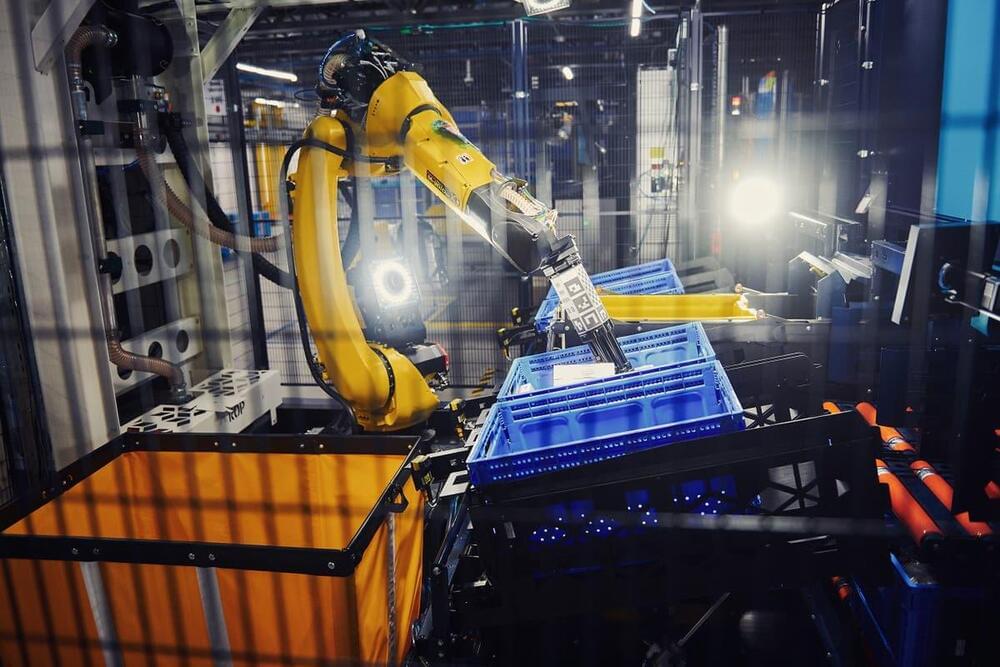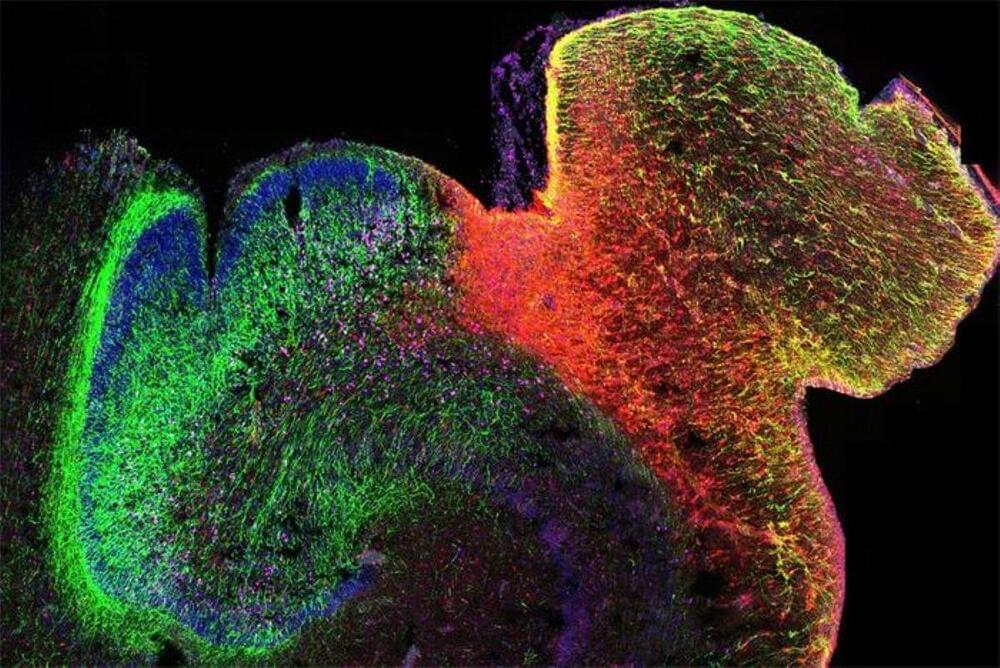Company insists that new machines will be used to help people with their jobs, not take them.



Summary: Researchers have developed the first 3D map of gene regulation in the human brain, offering insights into how early brain development influences lifelong mental health. This map, focusing on regions tied to memory and emotional regulation, reveals how chromatin structure controls gene activity, especially during key developmental stages.
These findings may help identify when and where genetic variants linked to autism and schizophrenia disrupt normal development. By understanding these early influences, scientists hope to improve neurodevelopmental disorder research and stem-cell models, potentially paving the way for earlier intervention strategies.

REDWOOD CITY, Calif.—(BUSINESS WIRE)—Researchers at REMspace, a California-based startup, have achieved a historic milestone, demonstrating that lucid dreams could unlock new dimensions of communication and humanity’s potential. Using specially designed equipment, two individuals successfully induced lucid dreams and exchanged a simple message.
Watch the experiment here.
Lucid dreams occur when a person is aware they are dreaming while still in the dream state. This phenomenon happens during REM sleep and has numerous potential applications, from solving physiological problems to learning new skills. In earlier research, REMspace demonstrated that facial electromyography sensors could decode specific sounds made in dreams. This led to the development of Remmyo, a dream language detectable through sensitive sensors.
Part of the Progress and Visions in Consciousness Science online seminar series organized by AMCS, MESEC, and OMCAN.
Evolutionary accounts of feelings, and in particular of negative affect and of pain, assume that creatures that feel and care about the outcomes of their behavior outperform those that do not in terms of their evolutionary fitness. Such accounts, however, can only work if feelings can be shown to contribute to fitness-influencing outcomes. However, simply assuming that a learner that feels and cares about outcomes is more strongly motivated than one that doesn’t is not enough — if only because motivation can be tied directly to outcomes through an appropriate reward function, without leaving any apparent role to feelings (as it is done in state-of-the-art engineered systems based on reinforcement learning). Here, we propose a possible mechanism whereby pain contributes to fitness: an actor-critic functional architecture for reinforcement learning, in which pain reflects the costs imposed on actors in their bidding for control, so as to promote honest signaling and ultimately help the system optimize learning and future behavior.

In the last few months, the mask has really come off.
OpenAI is far from its days of being an altruistic, non-profit company.
It is now the face of a booming AI industry and is effectively for-profit in all but name, steaming ahead with little regard for its technology’s environmental toll, or for the potentially existential risks it poses to society.
But according to Gary Marcus, a cognitive scientist and prominent AI researcher, the worst is yet to come. In his assessment, OpenAI could soon take an even more dystopian pivot, à la George Orwell’s novel “1984,” by getting into the business of spying on you.


The edible transistor is based on an existing transistor architecture, utilizing CuPc as the active material. The key component, the electrolyte-gated OFET (EGOFET), operates at low voltages (1 V) and can function stably for more than a year. The transistor showed good reproducibility, with performance characteristics that pave the way for integrating these devices into more complex edible circuits.
The circuits are constructed on a derivative of cellulose with electrical contacts being printed using inkjet technology and a solution of gold particles (which are also commonly used in the food industry for decoration). The transistor “gate” is also food-grade. This component controls the flow of electrical current between the source and drain terminals, effectively acting as a switch or amplifier. This gate is made from a gel based on chitosan another food-grade ingredient used as a gelling agent.
The research team also explored the optical and morphological properties of CuPc thin films. They found that the thickness of the CuPc layer played a crucial role in the transistor’s performance. Thinner films displayed better charge transport properties, which are essential for creating high-performing, low-voltage devices. This detailed understanding of the material’s properties allowed the team to optimize the transistor’s design for use in real-world applications.
In a new animation, scientists map the planet’s plate tectonics over the last 40 percent of its history. It’s the longest such reconstruction yet.